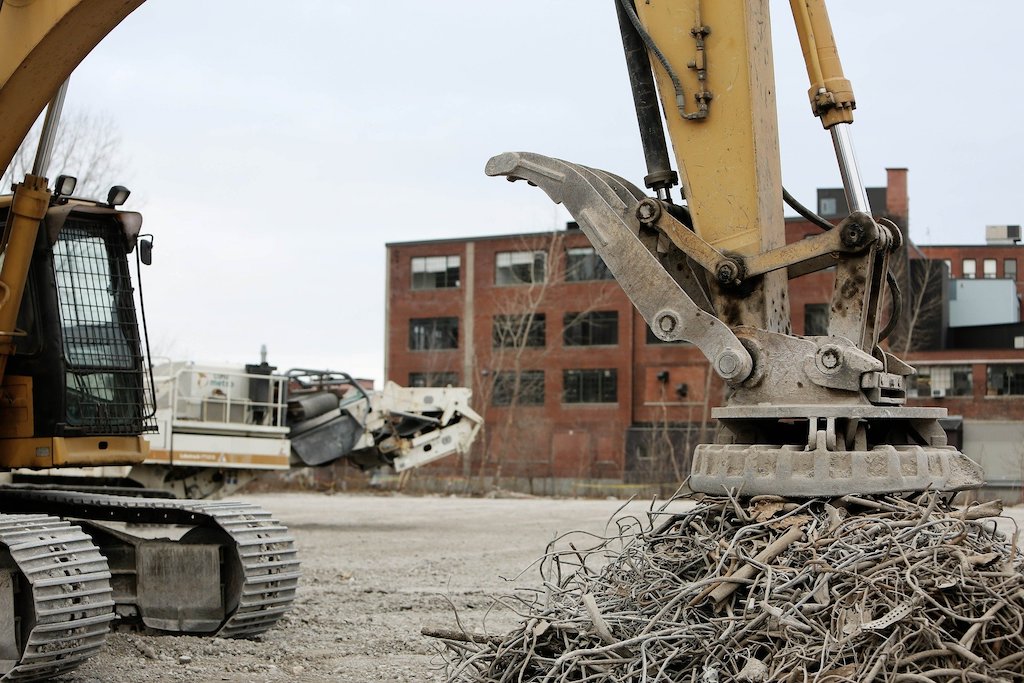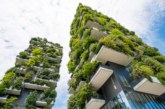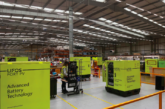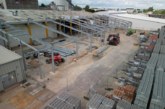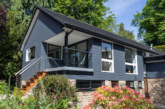With the aim, laid out by the World Green Building Council (WorldGBC), to make all buildings Net Zero by 2050, the construction industry must make changes — starting with material choice. Here, Nick Cowley, managing director at exterior cladding and outdoor living product supplier Endurawood, explains why aluminium plays an important role in making the construction industry more sustainable.
Innovation organisation InnovateUK states that construction, operation and maintenance of the built environment account for 45 per cent of total UK carbon emissions. By 2031, it’s predicted that the United Kingdom’s population will exceed 70 million. With a rising population, and an increasing need for buildings and homes, it’s imperative that the industry takes action to reduce its carbon emissions.
Carbon construction
Common building materials such as concrete and timber are harmful to the environment. Concrete is the most commonly used man-made material on Earth, and is used in a variety of construction applications including interior and exterior cladding.
However, concrete is also responsible for up to eight per cent of the world’s carbon dioxide (CO2) emissions — only coal, oil and gas are greater sources of greenhouse gases. The majority of CO2 emissions are produced during the making of cement clinker, a nodular material that is produced by heating ground limestone and clay at a temperature of up to 1,500 degrees Celsius (°C). These nodules are then ground up to a fine powder to produce cement.
Using wood as a building product does not directly emit greenhouse gases like the production of concrete, but deforestation for this purpose is also detrimental to the Earth’s atmosphere.
Fortunately, there are alternatives to these materials that can support sustainable resource management while still delivering on quality.
Aluminium benefits
Aluminium possesses many benefits that make it an ideal building material. Its high ductility allows it to be formed into many different shaped profiles, without weakening. Furthermore, aluminium is nearly as strong as and is lighter than steel, which makes it more manageable on site. Compared to other metals, aluminium is corrosion resistant as its surface is naturally protected by a layer of aluminium oxide — reducing the frequency of maintenance on a building.
From an environmental perspective, perhaps the most significant benefit of using aluminium lies with its recyclable and sustainable possibilities. Although there are sustainable options such as timber, straw and compressed earth, which can be used in the construction industry, these materials do not offer the required strength needed for a buildings structure.
Sustainable construction
Although 40 per cent of the UK’s annual aluminium production is used in the construction industry, the equivalent of 150,000 tonnes, steel is still the most used metal.
Like all metals though, aluminium production is not a hazard free process. Aluminium is chemically extracted from bauxite, an ore that must be mined. This is known as alumina, which is then smelted to form pure aluminium. While production is still impactful on the environment, these affects can be counteracted by the metal’s circularity potential.
It’s thought that around 75 per cent of all aluminium produced remains in circulation, in some form or another. Aluminium can be melted and reused without any impact on its mechanical properties. This means that aluminium products can be manufactured over and over again to the same high standard.
Aluminium applications
The benefits of aluminium make it an ideal building material as it can be applied to different areas of a build including roofing, wall panels, windows and doors. Aluminium can also be used as an alternative material to replace concrete and timber exterior cladding and batten systems. Cladding and batten systems can be used to enhance the appearance of a building, as well as for structural reinforcement.
Depending on the design of the build, the aesthetic of aluminium is not always desired. Endurawood is available in a range of powder coat and woodgrain coatings, which replicate the look of natural wood. In addition, these coatings are volatile organic compound (VOC) and lead free, which also contributes to the environmental benefits of aluminium.
Lastly, although aluminium is highly durable, when it’s time to replace the cladding and battens, they can be recycled and reused for another building product — ensuring minimal waste.
While there are a number of steps that must be taken to achieve Net Zero emissions in the construction industry, considering a material such as aluminium could make a significant impact. If the industry wants to reduce its carbon footprint, harnessing the benefits of a lighter weight, sustainable material could help to make this possible.


